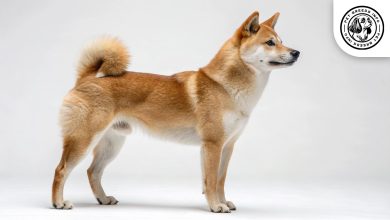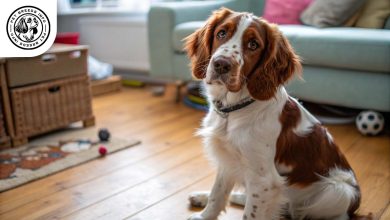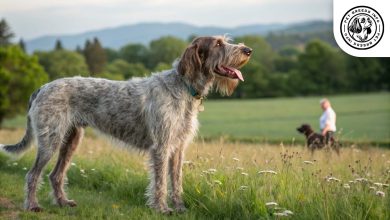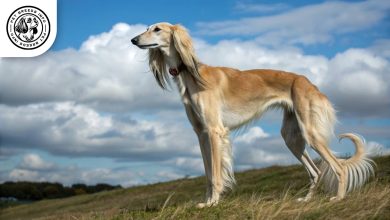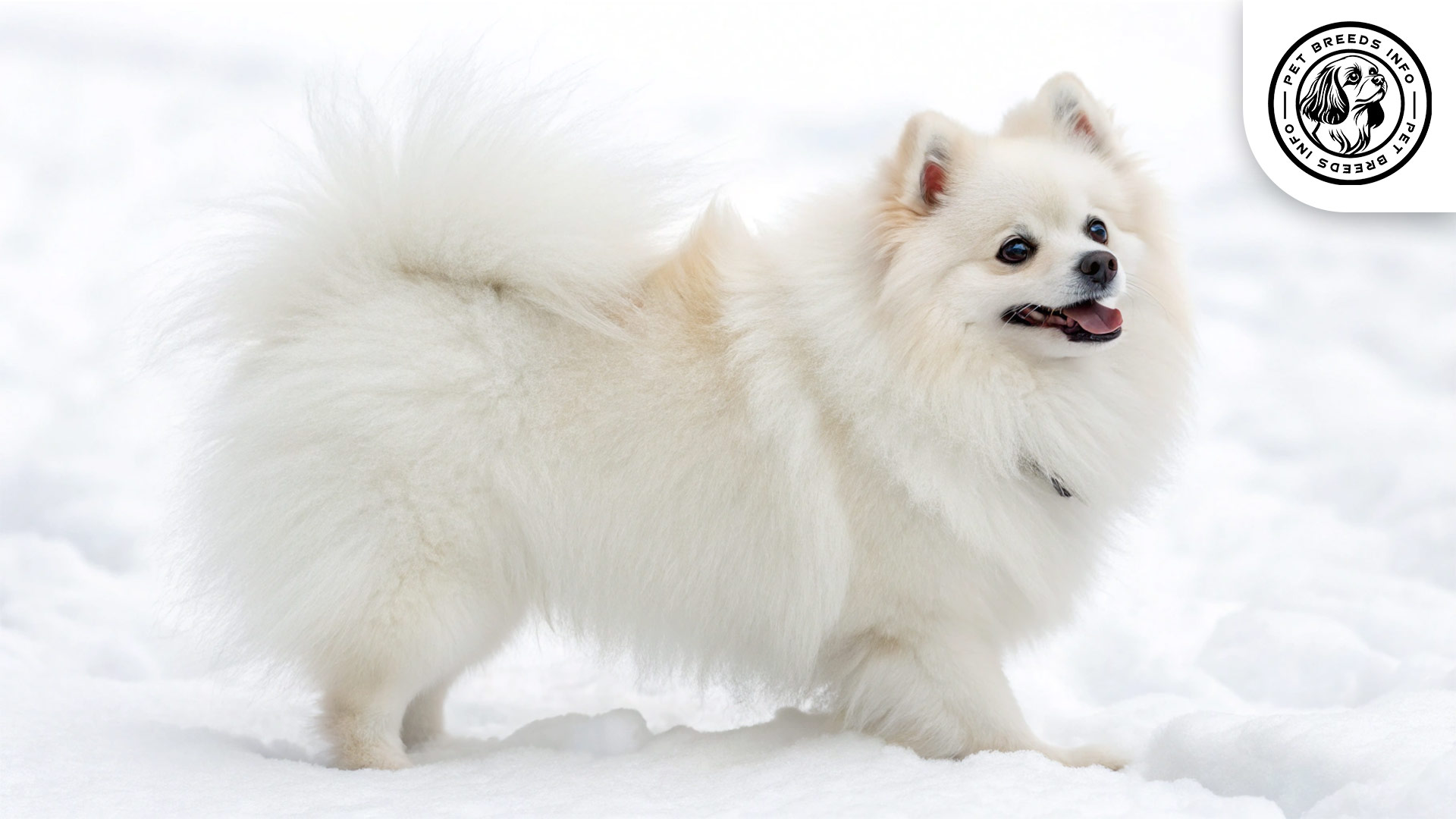Harrier Dog Breed: Size, Health, Price & Personality
General Introduction of the Breed
The Harrier is a medium-sized hound breed known for its exceptional sense of smell and strong hunting instincts. Originally from Great Britain, the Harrier was primarily bred for hunting hares and foxes. Its history dates back to the medieval period, and it is believed to share ancestry with the English Foxhound and other scent hounds. The Harrier is a rare breed in many parts of the world but remains a beloved hunting and companion dog.
Table of Contents
| Color | Tricolor, lemon and white, red and white, and other hound color combinations |
| Weight | 45 to 60 pounds (20 to 27 kg) |
| Lifespan | 12 to 15 years |
| Diet | High-quality dry kibble, wet food, or raw diet; avoid chocolate, onions, grapes, and fatty foods; feed twice daily |
| Care | Regular exercise (daily walks, playtime, off-leash running), minimal grooming (weekly brushing), bathe as needed, regular ear cleaning, nail trimming, dental care, paw cleaning |
| Health | Prone to hip dysplasia, ear infections, hypothyroidism; regular vet check-ups and vaccinations are essential |
| Nature | Intelligent, energetic, affectionate, friendly, social, playful, pack-oriented, strong hunting instincts, can be stubborn, requires consistent training |
| Price | $800 to $2,000 (puppy from a breeder); adoption from a shelter or rescue is more affordable |
Physical Characteristics
The Harrier is a sturdy and athletic breed with a well-proportioned body. Males and females typically stand between 19 to 21 inches (48 to 53 cm) at the shoulder and weigh between 45 to 60 pounds (20 to 27 kg). The breed has a short, dense coat that is low-maintenance and comes in various color combinations, including tricolor, lemon and white, or red and white.
The eyes are medium-sized, expressive, and usually brown or hazel. The ears are moderately long, hanging close to the cheeks, and slightly rounded at the tips. The tail is long and carried high, often with a slight curve. This breed has a well-developed chest and a strong, muscular body built for endurance.
Read More: Great Dane Dog
Personality and Temperament
The Harrier is an intelligent and energetic breed. It is eager to learn but can exhibit some stubbornness, requiring consistent and positive reinforcement training. This breed has a high energy level and needs regular exercise to stay happy and healthy.
Harriers form strong bonds with their owners and are known for being affectionate family dogs. They are friendly and social, making them good companions for both adults and children. Due to their pack-oriented nature, they generally get along well with other dogs. However, their strong hunting instincts mean they may chase small pets unless properly socialized.
This breed is playful and enjoys activities like running, hiking, and scent work. It is sensitive to its environment and may become restless if kept in confined spaces for long periods.
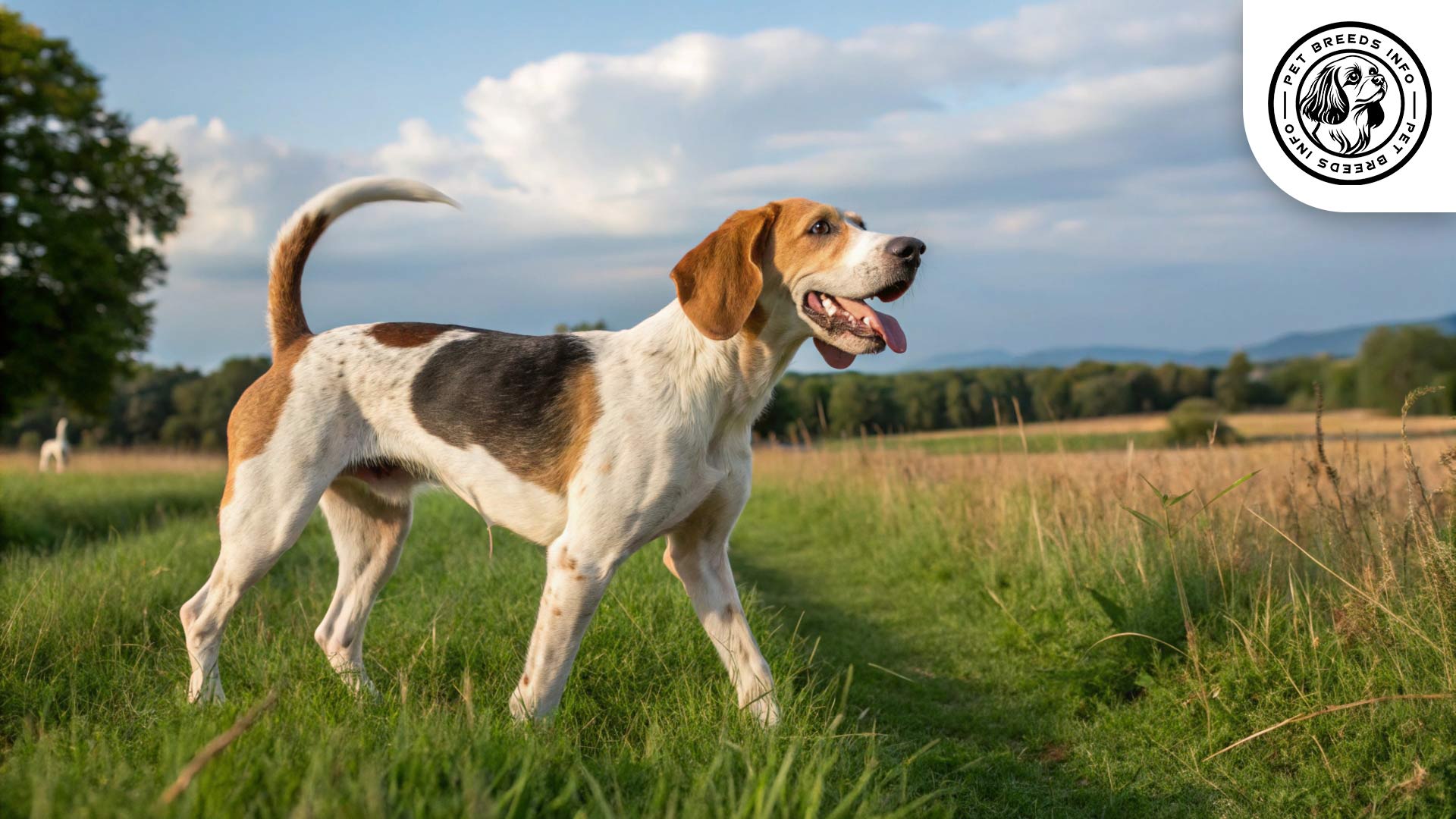
Care and Maintenance Requirements
Harriers require plenty of physical and mental stimulation. Daily walks, playtime, and off-leash running in secure areas are recommended. They are not ideal for apartment living and thrive in homes with spacious yards.
Their short coat requires minimal grooming. Weekly brushing helps remove loose hair, and they shed moderately throughout the year. They should be bathed as needed, and their ears should be checked and cleaned regularly to prevent infections.
Harriers are generally tolerant of different weather conditions but should have access to shade and water during hot weather. In colder environments, they may need additional warmth during extreme winter temperatures.
Basic hygiene practices include regular nail trimming, dental care, and keeping their paws clean after outdoor activities.
Diet and Nutrition
A balanced diet is essential for maintaining the Harrier’s energy levels and overall health. High-quality dry kibble, wet food, or a raw diet can be suitable options. Look for foods rich in protein, healthy fats, and essential nutrients.
Owners should avoid feeding their Harrier chocolate, onions, grapes, and fatty or overly processed foods. Measuring food portions and feeding them twice daily will help prevent obesity.
Read More: Giant Schnauzer Dog
Health and Common Medical Issues
Harriers are generally a healthy breed but may be prone to some genetic conditions, including hip dysplasia, ear infections, and hypothyroidism. Regular veterinary check-ups and vaccinations are essential for maintaining good health.
The breed’s average lifespan ranges from 12 to 15 years. Preventive care, a nutritious diet, and regular exercise contribute to a longer, healthier life.
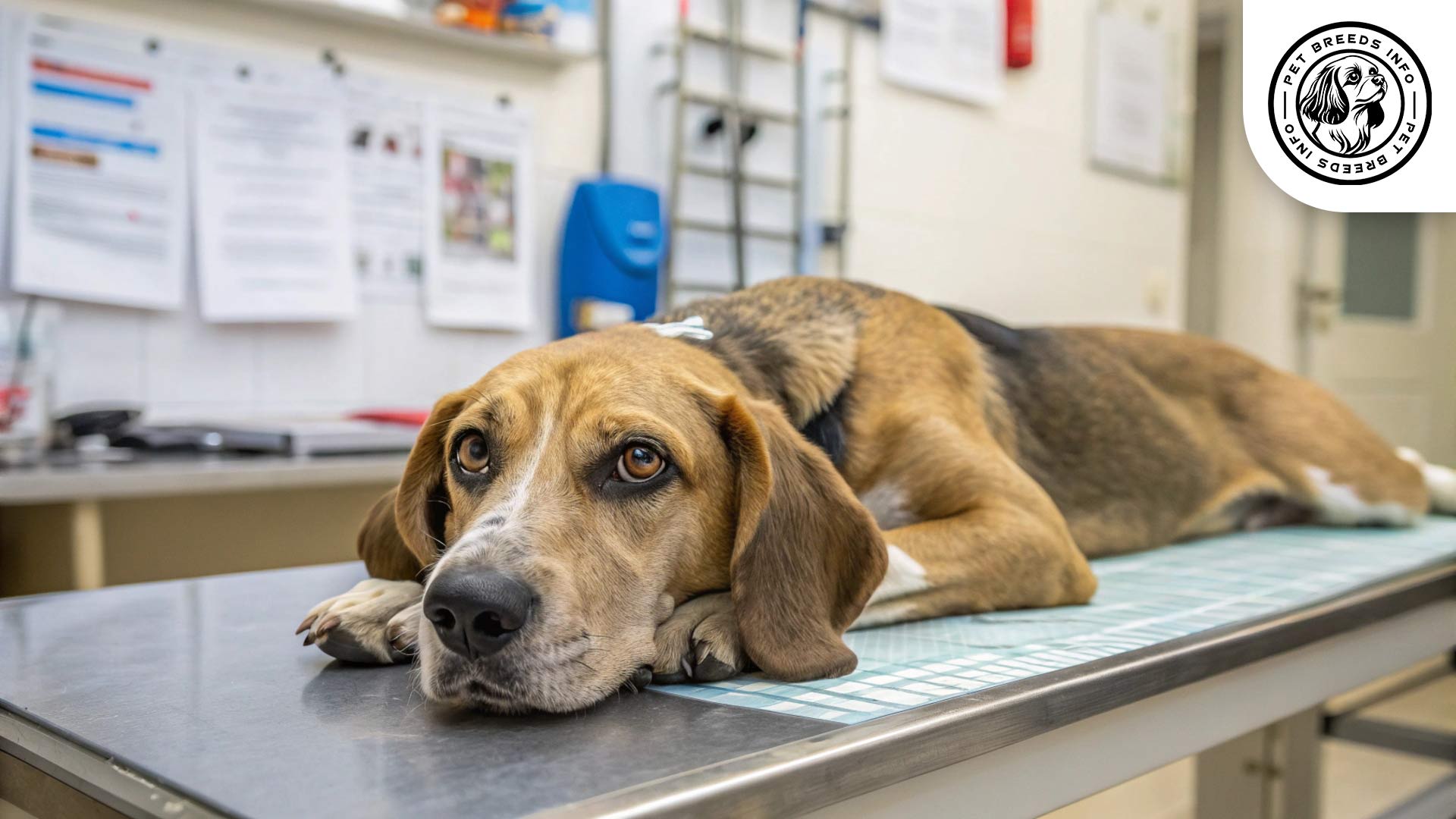
Training and Behavior Management
Harriers are intelligent but can sometimes be independent-minded, making training a challenge for inexperienced owners. Positive reinforcement techniques, such as treats and praise, work best with this breed.
Early training and socialization are crucial to prevent excessive barking and stubborn behavior. Basic obedience commands and recall training should be established from a young age.
Interaction with Other Animals and Humans
This breed is excellent with children and enjoys playful interactions. It tends to be friendly towards strangers and is generally social with other dogs.
Due to their hunting background, Harriers may not be ideal for homes with small pets like rabbits or hamsters. However, proper socialization and training can help them coexist peacefully with other animals.
Harriers suit active families or individuals who can provide regular companionship and exercise. They do not thrive in isolation and prefer to be around their human pack.
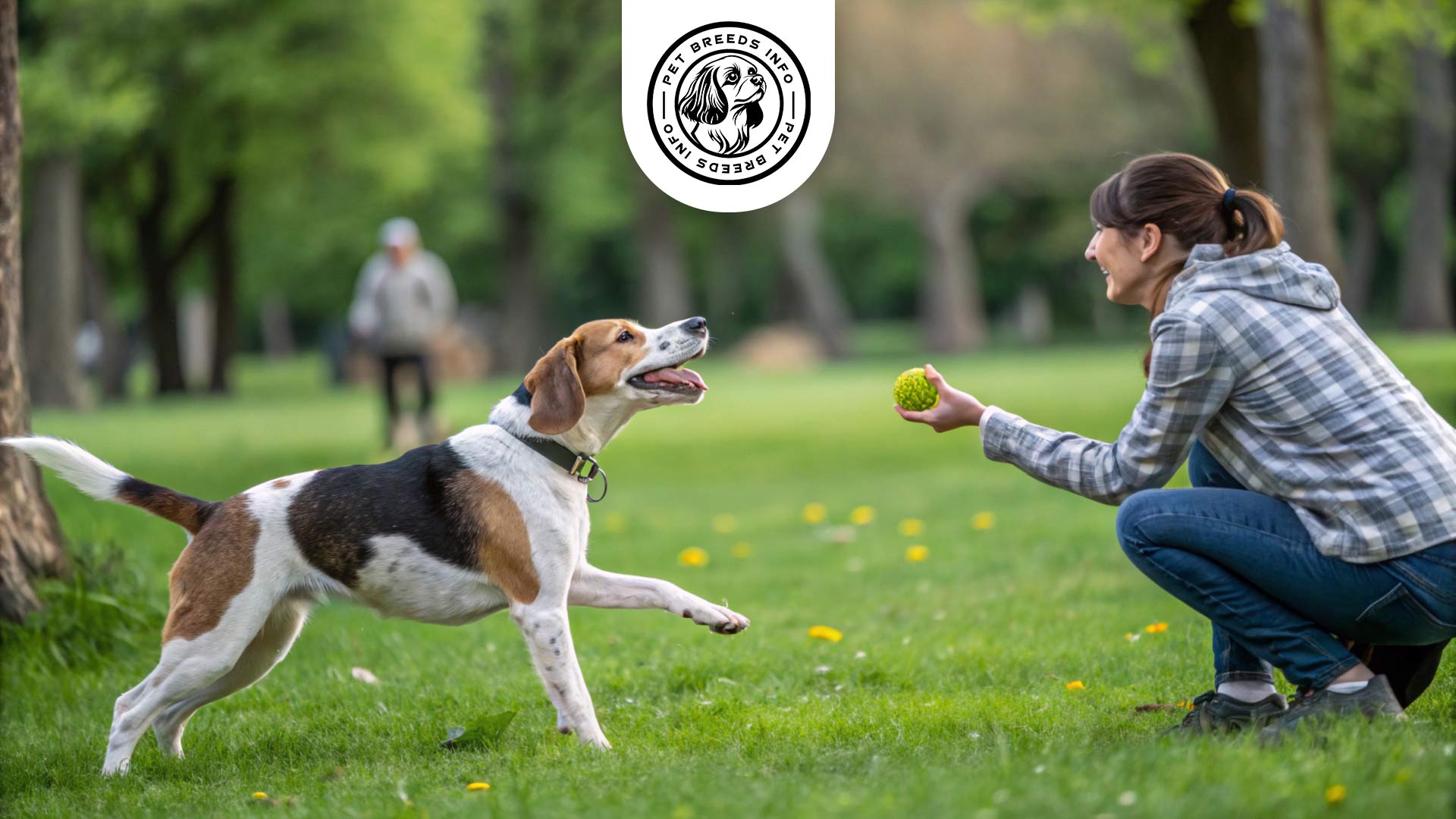
Price and Availability
The cost of a Harrier puppy varies depending on the breeder and location but typically ranges from $800 to $2,000. Adopting from a shelter or breed-specific rescue is a more affordable and ethical option.
When purchasing a Harrier, it is crucial to choose a reputable breeder who conducts health screenings and provides proper care for the puppies.
Read More: Great Pyrenees Dog
Conclusion and Final Thoughts
The Harrier is a wonderful breed for active individuals and families looking for a friendly, energetic, and affectionate dog. It requires consistent training, socialization, and ample exercise to thrive.
Potential owners should consider their lifestyle and living space before adopting a Harrier, as this breed is best suited for homes with access to outdoor areas.
With proper care and attention, the Harrier makes a loyal, playful, and devoted companion for years to come.
FAQ
Is the Harrier a good family dog?
Yes, Harriers are known for being affectionate and friendly, making them excellent family dogs. They are particularly good with children and enjoy playful interactions.
How much exercise does a Harrier need?
Harriers are energetic dogs that require plenty of physical activity. Daily walks, playtime, and off-leash running in secure areas are essential to keep them happy and healthy.
Are Harriers easy to train?
Harriers are intelligent but can be independent-minded. Consistent and positive reinforcement training is crucial. Early socialization and obedience training are highly recommended.
What are the common health issues in Harriers?
While generally healthy, Harriers may be prone to certain genetic conditions, including hip dysplasia, ear infections, and hypothyroidism. Regular veterinary check-ups and preventative care are important.
Do Harriers get along with other pets?
Harriers generally get along well with other dogs due to their pack-oriented nature. However, their strong hunting instincts may cause them to chase small pets unless they are properly socialized from a young age.

